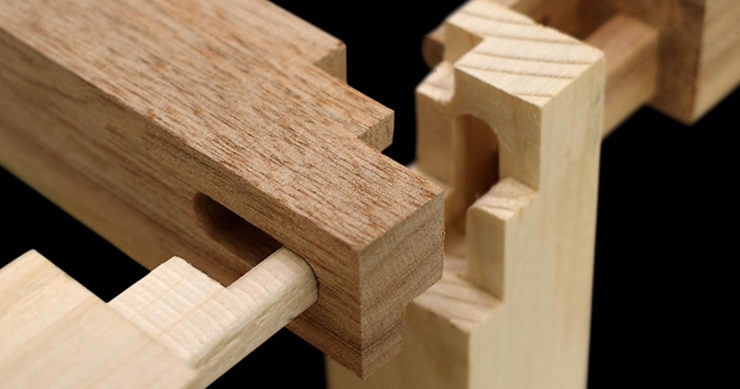Wood joints are a fundamental part of woodworking, providing the necessary connections between pieces of wood in a structure or project. Their use dates back to ancient times, with civilizations like the Greeks, Egyptians, Romans, Chinese, and Japanese all using wood joinery in their construction. The type of joint used can significantly impact the strength, stability, and durability of the final product.
There are many advantages to using wood joints in construction. They provide strength and stability, are versatile and customizable, and can add an aesthetic element to a project. Furthermore, they are durable, easy to use, cost-effective, and can increase the functionality of a project. They also contribute to a project’s overall sustainability and can improve safety.
One common type of wood joint is the butt joint, where two pieces of wood are joined together at the end of one piece with the other. This joint is simple and easy to use, making it a popular choice for basic woodworking projects. However, it is not as strong as other types of joints. Despite this, its simplicity and ease of use make it a common choice in many woodworking projects.
Key Takeaways:
- Wood joints, ranging from simple to complex, are crucial in woodworking as they provide necessary connections between pieces, determining the strength and stability of the final product.
- The history of wood joinery is extensive, with evidence of its use in ancient civilizations such as the Greeks, Egyptians, Romans, Chinese, and Japanese, and it continues to play a significant role in modern woodworking.
- Wood joints offer numerous benefits including strength, versatility, customizability, aesthetics, durability, ease of use, cost-effectiveness, increased functionality, environmental sustainability, and improved safety.
“Understanding different types of wood joints and their applications is essential for both novice and experienced woodworkers. This article will explore some of the most common types of wood joints, their uses, and their relative strengths and weaknesses. Whether you are building furniture, cabinetry, or structures, having a solid understanding of wood joints is a fundamental part of crafting a successful and durable end product.”
More details: here






